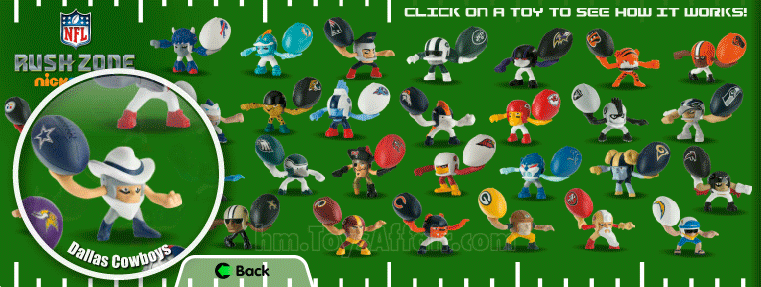
People are always looking to refine the algorithm of matching consumer’s to products they think they would want to buy. Sites like Netflix, Amazon, Google, all aggregate data to try and give you the most accurate suggestions for each ‘unique’ individual. One app dares to be different. Buycott is an app designed to suggest products that you shouldn’t buy, all based on the unique individual that you are. It doesn’t necessarily take browsing or personal data to do this, but rather consumer input, creating less of a guess and more of an educated suggestion.
Buycott takes preferences such as political standings, opposition to racism, GMO labeling and etc. to create a list of brands for you not to purchase, given your preference. In case you were against child labor for example, a list of companies tagged to be involved in such behaviors would be flagged by the app for your boycotting. All of this is naturally cataloged for easy boycotting the next trip down the grocery.
Now to the implications of something like this. This app is relatively disruptive to the recommendation and PR scene. If companies don’t perform triage and contain situations quickly enough, contingent on the rise of such apps, it could lead to dire consequences. At the same time, at some point businesses wouldn’t even have control over something like this anymore unless they had the press under an iron fist. The trend of shifting power to the consumer will only continue and strengthen as time goes on.



